Somme: Irish priest's chalice brought to grave 100 years after he died
- Published

Teddy Colligan is the official guardian of the Ulster Memorial Tower at Thiepval
A Belfast man has told how a silver chalice belonging to a priest from Kildare who died at the Battle of the Somme was brought from Ireland to his grave in France.
Teddy Colligan, who is the official guardian of the Ulster Memorial Tower, told the story ahead of a service of remembrance in Thiepval on Friday.
It will mark the 100th anniversary of the final day of the battle.
Mr Colligan said he had had many visitors to Thiepval in the past year.
One of the groups who visited to pay their respects uncovered the "wonderful" story behind one of the items they had brought over with them," he said.
"We had an amazing cross-community group over with four archbishops - two from the Catholic community and two from the Protestant community.
"The Archbishop of Kildare was carrying a silver chalice with him and I was able to tell them the story behind it.
"I told the Archbishop that his chalice had belonged to Fr O'Sullivan - who was a priest from Kildare who was killed by a shell, which exploded beside him as he was giving the Last Rites to a wounded English soldier.
"He was then buried in the cemetery in Bouzincourt."
After he died his chalice and other possessions were returned to his mother in Ireland.
She gave it to the local parish which has used it for the past 100 years. Father Ruairi O'Domhnall, who now looks after the chalice, brought it with him on the visit to the Somme.
Mr Colligan was able to show the group Fr O'Sullivan's grave where the group "shared a moment of prayer".
"Shared history"
Mr Colligan said so many people from all over Ireland have been making the pilgrimage to Theipval for the 100th anniversary.
"Stories which have been buried, unfortunately, in our history have now come to life," he said.
"We've had people from all over Ireland looking for the resting place and where their relatives had fought here.
"We really do have a shared history with the whole of Ireland."
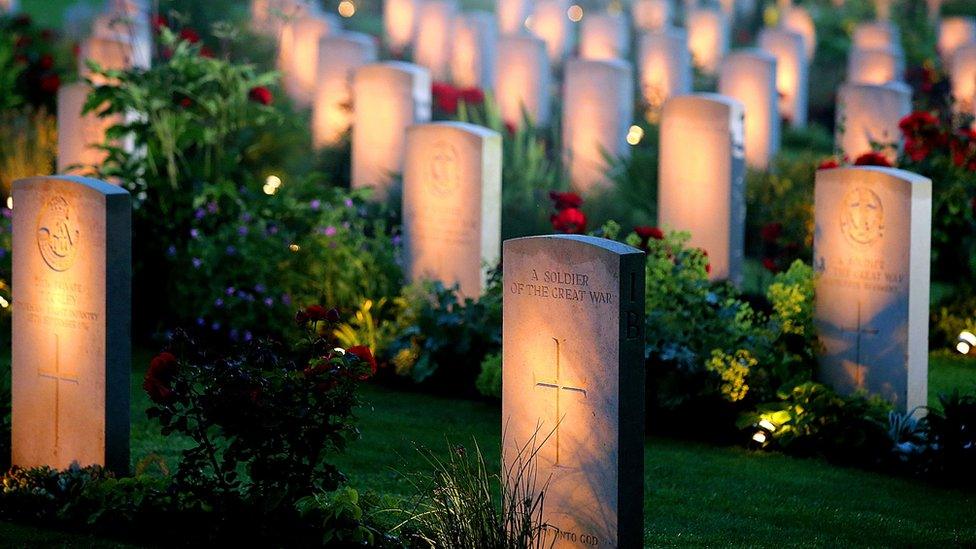
Graves at Thiepval were illuminated to mark the 100th anniversary of the beginning of the battle, in July
More than a million men were killed or wounded on both sides over the course of the 141-day World War One offensive.
Over the past three months, families, communities, and dignitaries have made their way to Thiepval to stage their own acts of remembrance.
The Thiepval Memorial to the Missing is the largest Commonwealth War Graves Commission monument in the world, inscribed with the names of more than 72,000 soldiers whose bodies were never recovered or identified.
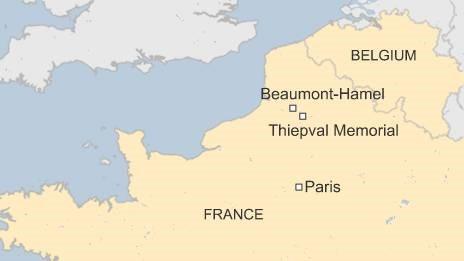
A daily service has been hosted there by the Royal British Legion to commemorate each day of the four-and-a-half month offensive, fought between 1 July and 18 November 1916.
The final centenary service will be led by Bishop James Newcome, the Royal British Legion's national chaplain, and guests will be welcomed by Britain's ambassador to France, Lord Llewellyn of Steep.

The Battle of the Somme
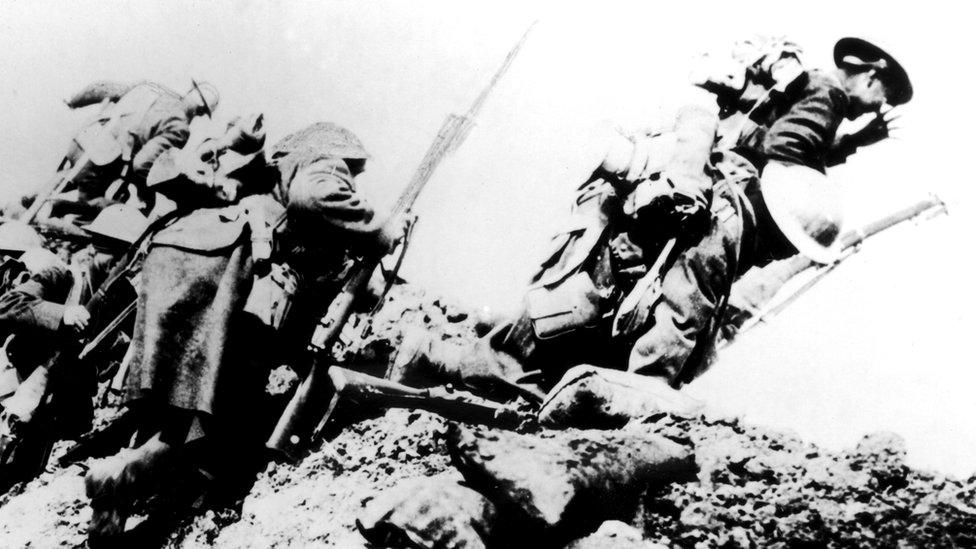
Began on 1 July 1916 and was fought along a 15-mile front near the River Somme in northern France
19,240 British soldiers died on the first day - the bloodiest day in the history of the British army
The British captured just three square miles of territory on the first day
At the end of hostilities, five months later, the British had advanced just seven miles and failed to break the German defence
In total, there were more than a million dead and wounded on all sides, including 420,000 British, about 200,000 from France and an estimated 465,000 from Germany
Find out more:

- Published17 June 2016
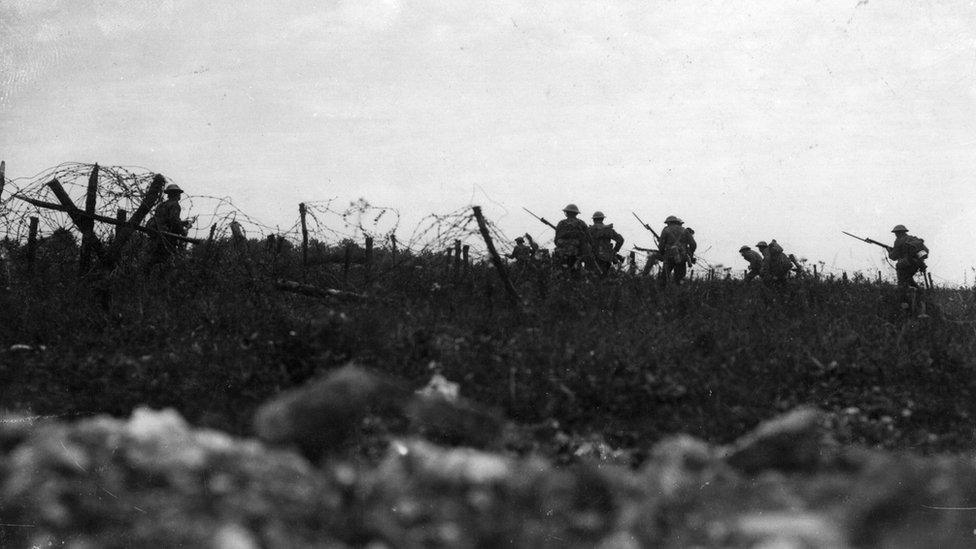
- Published1 July 2016
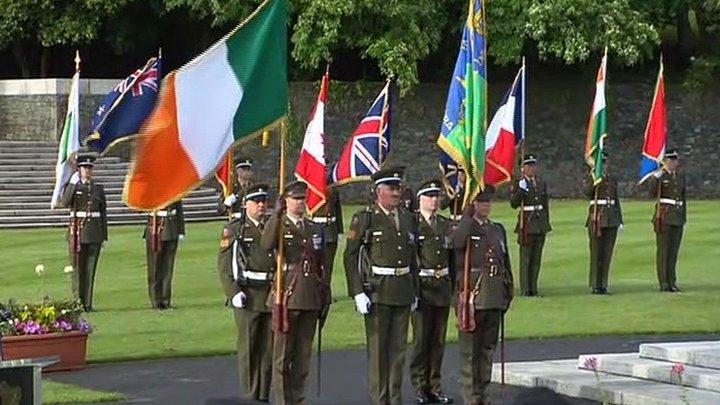
- Published1 July 2013
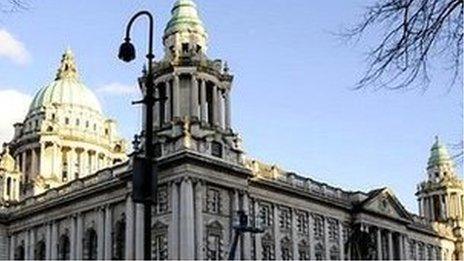
- Published17 June 2016
